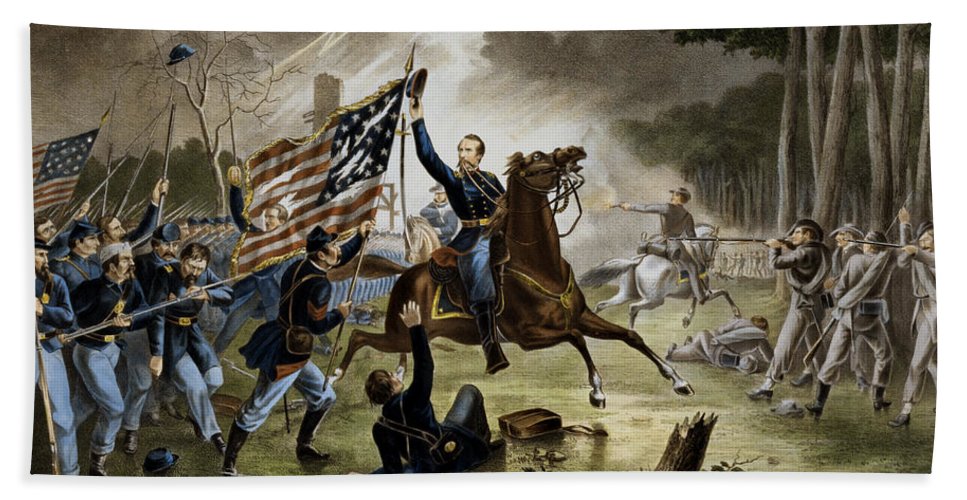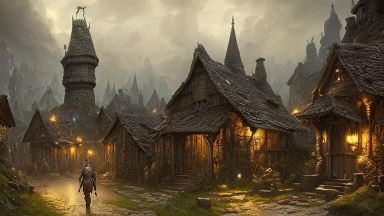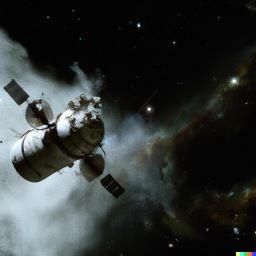Memorable Music for Films
Everyone agrees that “the music score should serve the film.” No arguments there. But there are major disagreements about how music should serve the film. Some people say that music should be an accompaniment in the background, that it should not explicitly be noticed by the audience. It should help set the emotional stage, the atmosphere and mood, but it should not impinge on the viewer’s consciousness. People should leave the screening, and if asked how they liked the music, they would be compelled to answer, “Was there music?”
The other school of thought is that the film score should be memorable. The idea is that distinctive melodies can adapt to the moods and emotions that each scene evokes. This is music that can be hummed or whistled as the audience exits the theater. Distinctive, memorable melodies from a host of great movies help make the movies themselves memorable. (Think, for example, of “Pirates of the Caribbean”, “Star Wars”, “Superman”, “The Good the Bad and the Ugly”, “Lord of the Rings”, “The Pink Panther”.) This is the school of thought that I believe in. Personally, I cannot fathom why a filmmaker wouldn’t want people to remember their film score.
Documentary: "Listen to Britain"
Stephen Noorshargh of G22 Studios directed this beautiful documentary film about people who immigrate to Great Britain. With so many people moving around the globe for many reasons, the themes about assimilation, racial bigotry and social activism are universal.
I composed the music soundtrack in a "world music" style. Using instruments from around the world, the music evokes the cultures of the countries from which the immigrants come. I had a lot of fun scoring this film, because of the diversity of images, cultures, and the long gaps between dialog--perfect for creating evocative music!
Activist Documentary: "Cutting Corners" (Trailer)
Jason Sherman, of Delphia Entertainment, has made several award-winning feature-length documentary films about Philadelphia. His newest film, "Cutting Corners", documents the tragedies that befall neighbors and communities, when unscrupulous developers demolish and build structures in the city. These contractors have no regard for the lives they disrupt, the suffering they cause, or the welfare of the communities.
This short trailer gives an idea of what the film is about. I composed the music score for this film, primarily in an electronic genre.
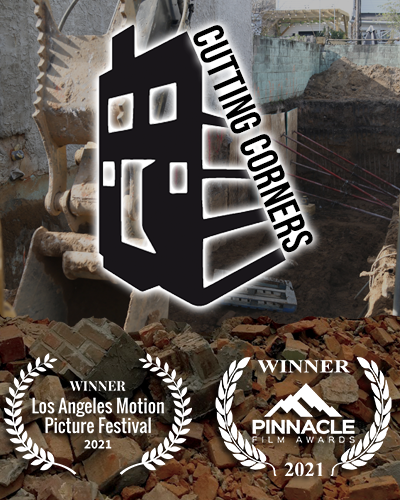
"Cutting Corners" won the "Best Feature Film" award from the 2021 Los Angeles Motion Picture Festival, and the "Best Documentary Feature" award from 2021 Pinnacle Film Awards.
Green Olive Tours: Jerusalem Revealed
This is a short documentary film by Green Olive Tours. This company specializes in tours of Israel and the West Bank, showing the points of view of Israelis and Palestinians. This film outlines some of the human rights issues that face Palestinians in the outskirts of Jerusalem.
Moran Barir is the filmmaker. She is also an activist and educator. She uses videos to help her communicate activism for Israel and Palestine.
The music that I composed for this documentary uses Middle-Eastern instruments, to give to the film an authentic flavor of the region around Jerusalem.
Green Olive Tours: Jordan Valley
This is a short documentary film by Green Olive Tours. This company specializes in tours of Israel and the West Bank, showing the points of view of Israelis and Palestinians. This film outlines the history of Israel and the Jordan Valley, focusing on some of the important human rights issues.
Noa Ben-Shalom is the multi-talented director of this film. She is a recognized filmmaker and photographer. She explores the condition of conflict and its effects on both people and landscape in Israel and Palestine.
The music that I composed for this documentary uses Middle-Eastern instruments, to give to the film an authentic flavor of the Jordan Valley region.
Got JV from Noa Ben-Shalom on Vimeo.
Battle of Chantilly
The Battle of Chantilly is a Civil War docudrama produced by Bert Morgan. On March 4, 2006 the premiere of the film The Battle of Chantilly (Ox Hill) was shown at the Cinema Arts Theatre in Fairfax, Virginia. It was a sell-out! And I wrote the film score! You can listen to a few excerpts from the soundtrack:
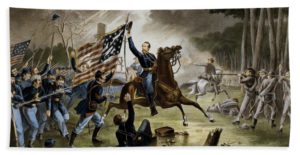
Opening credits and opening scene is a dramatic beginning to this tale of an important battle during the Civil War, which took place in the heart of what is now Fairfax County.
Banjo & Fiddle: Stevens and Walcott get their bearings as they revisit the battlefield.
Skirmish accompanies the New York Highlanders who begin a skirmish, then the scene cuts to a large line-up of troops. Confederate troops wait and open up fire.
Heavy Fighting continues, including hand-to-hand combat.
A Grim Aftermath is accompanied by guitar. General Lee in his tent dictates a letter.
Monument: After dinner with Stevens and Walcott, John and Mary Ballard discuss building a monument.
Mosby's Combat Operations in Fairfax, Virginia
In this Civil War documentary produced by Chuck Mauro, six local historians take you to forty-two locations in Fairfax County where "Mosby's Rangers" conducted combat operations and describe in vivid detail what happened at each. Through on-site video, hundreds of historical photos, and an accompanying map, this documentary presents a unique visual history of the Civil War.
Opening credits and opening scene
Whimsical
Confederate spy, Laura Ratcliffe warns Mosby
Raid on Thompson's Corner
Ranger Jack Barnes
Michigan Cavalry raid
Raid at Goodings Tavern, Mosby is wounded
Valley Camp: Dixie
Fight at Fairfax Station
Charlie Binns
Raid at Oakton Church
Cemetery and Closing Credits
Spies in Crinoline
This film, produced by Bert Morgan, tells the story of a Confederate spy, Antonia Ford during the Civil War. This is a fascinating story detailed in the Encyclopedia Virginia. She lived in Fairfax City in Virginia, which passed between Union and Confederate hands a number of times. Since Ford lived in a nice house, it was often occupied by officers, who often talked freely about their plans. Ford passed on this information to Confederate officers, including John Mosby. The Union accused her of spying and sent her to prison in Washington, DC. One of her captors, Major Joseph Willard, lobbied for her release, and later married her. (This is the Willard who established the Willard Hotel in Washington DC.)
So, this is not only a story about the Civil War, but also a romance between two enemies.
Notice how the main musical theme, introduced in the first "Opening Credits" excerpt, is repeated several times throughout the film. But, each time it repeats it is cast in a new light, sometimes distorted, sometimes played in a different style. I believe that this repetition helps to give an overall impression of unity in the film's score.
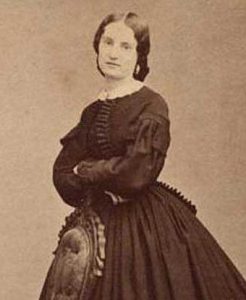
Opening credits and film opening scene
Everyday life in the Ford home.
Antonia knitting
Start of the Civil War
An emergency
Traveling by train
Frances Abel
Antonia in prison
Battle scene
Mosby's raid
Romantic scene
General Lee's surrender and Lincoln's assassination
Closing scene and credits
Canyons and Casinos
This is the first travelogue film I co-produced with Paul Silverman. He gave me the draft video with a temp score. The first and last sections were in a classical style (the largo from Dvorak's ninth symphony), while the middle section in Las Vegas was in a jazz style. I mimicked the style, beginning the soundtrack with a majestic orchestral theme while viewing scenes of the Grand Canyon. In the following section, scenes of Las Vegas are accompanied by the very same melody in several jazz styles, including big-band and small ensembles. Toward the end, the scene returns to a desert memorial with orchestral accompaniment. Some very clever and subtle things going on with the music. Check it out!
Southwest Splendor
It's fun to compose scores for travelogs, because there is a great opportunity for the music to speak for itself. There is no need for the music to be simply incidental to the action on the screen. The visuals and the music are on an equal footing. In this video, splendrous scenes from the American Southwest are accompanied by my original sound track with western-style themes played by a large orchestra. Paul Silverman filmed the video, and I composed the music.
My favorite aspect of the film score is its iconic American Southwest character. Even without watching the video, the music evokes the grandeur of the landscape. The melodies and the phrasing of the wind instruments, especially the horns, are idiomatic of American West music. I also like how the melodies interplay in counterpoint, heightening the overall interest in the score.
Southwest Splendor from Paul Silverman on Vimeo.
